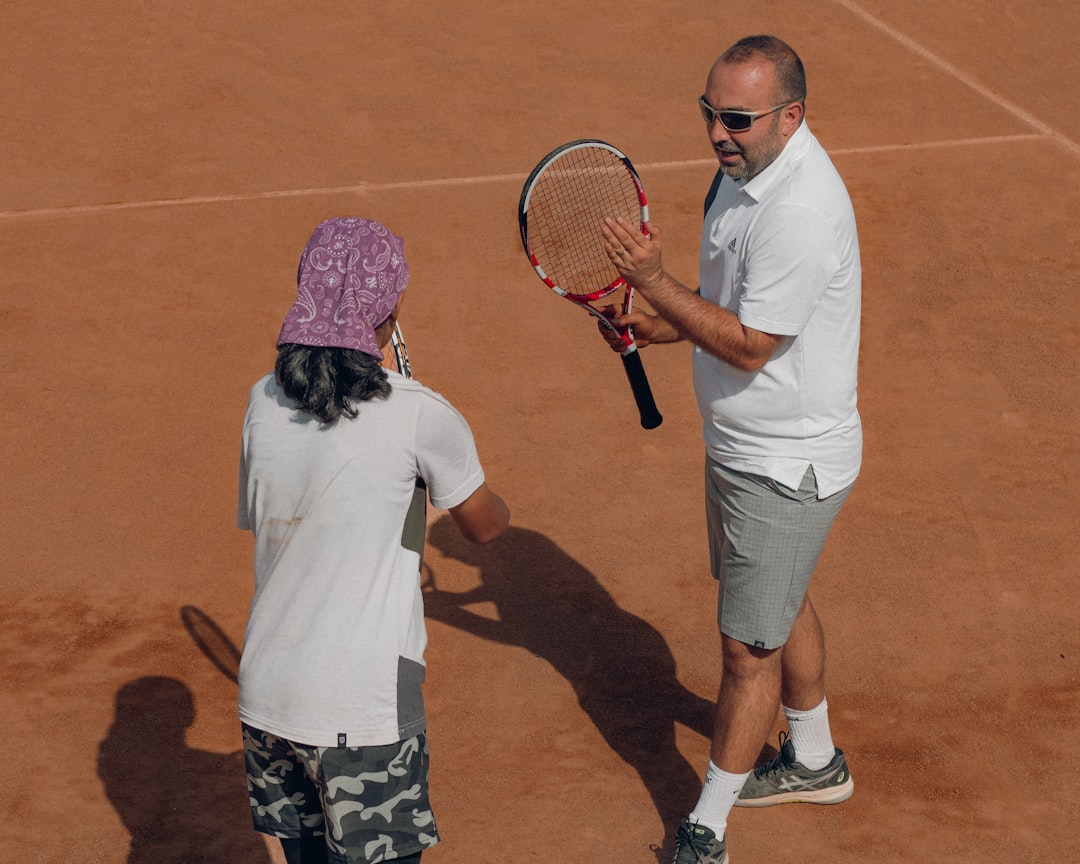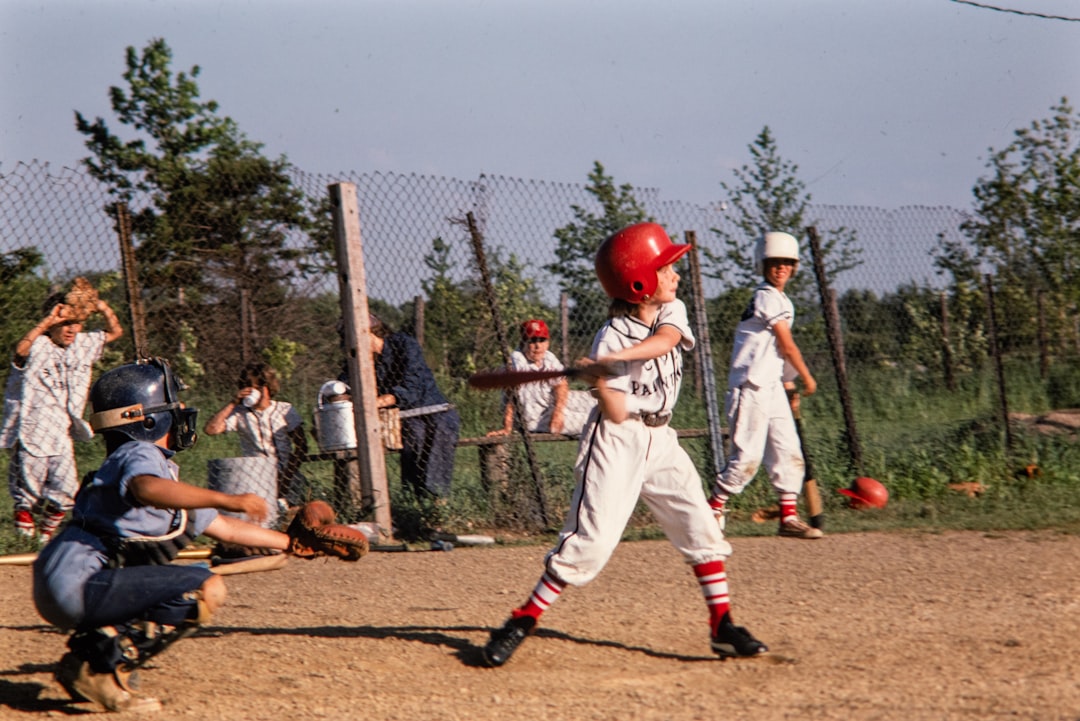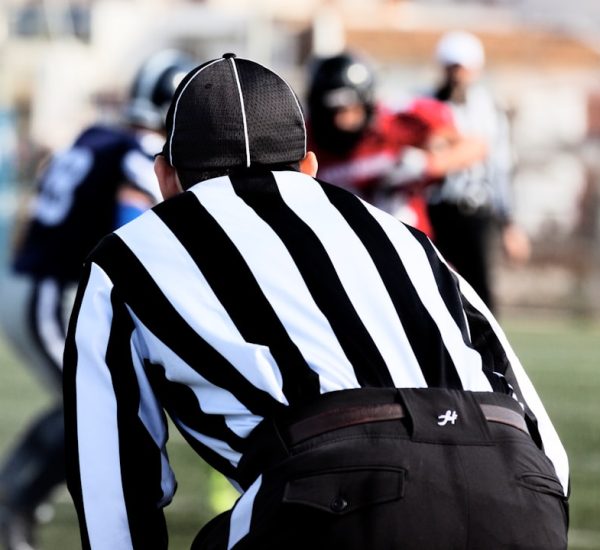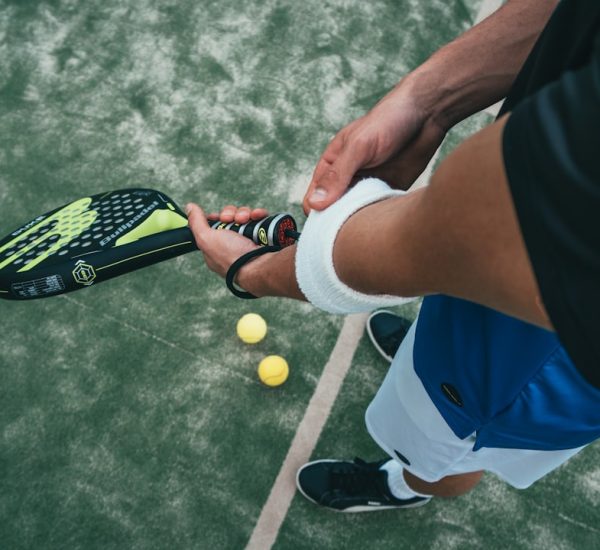In the intricate and ever-evolving world of tennis, precision in terminology and well-defined categories are crucial—not only for rules and officiating but also for effective coaching and player development. One such term that tends to surface among coaches, tennis federations, and developmental programs is Y3. Though it may not ring a bell for casual followers of the sport, its implications are highly relevant to structured tennis training and play policies.
TLDR: The term Y3 in tennis typically refers to a specific youth development stage rather than any official ITF rule or standard tournament classification. It is used in coaching programs and junior player categorization systems to standardize skill levels and match formats for younger athletes. Understanding Y3 helps coaches tailor drills, manage competition exposure, and guide long-term player progression. While not present in the official rulebooks, terms like Y3 play a key role in modern tennis education.
What Is “Y3” in Tennis?
“Y3” is not a term you will find in the ITF’s official rules of tennis. Rather, it is shorthand often used within national tennis federations, educational institutions, and coaching courses to denote a youth tennis level. Specifically, it typically refers to a third-tier level in youth coaching, commonly known as Youth Level 3 or Youth Stage 3.
This categorization is part of broader initiatives such as the ITF’s “Tennis10s” or the USTA’s “Red, Orange, Green Ball progression”. These programs are designed to align equipment, court size, and competitive formats with the developmental needs of children aged typically between 8 and 10 years old, though national federations may vary slightly in definitions.
Purpose of Stages like Y3
The structured tiers such as Y1, Y2, and Y3 serve multiple purposes:
- Player Development: Ensures a logical progression of technical, physical, and psychological skills.
- Consistency: Helps standardize coaching approaches and expectations across regions.
- Accessibility: Ensures that the game remains enjoyable and appropriately challenging for young players.

Y3 and Ball Types
Understanding the appropriate equipment and court settings is essential to grasp the significance of Y3. Typically, Y3 corresponds with the phase where players transition from orange to green stage tennis. Here’s how that aligns in practice:
- Ball Type: Green Dot ball (75% regulation speed)
- Court Size: Full-size tennis court
- Racket Size: 25 to 26 inches, depending on player size and strength
Unlike red or orange levels, Y3 introduces more full-court play, allowing players to adjust tactics, movement patterns, and shot-making under conditions closer to standard tennis, yet still accommodating physical development constraints in juniors.
Y3 in National Coaching Curricula
Coaching bodies such as the LTA (Lawn Tennis Association) in the UK or Tennis Canada integrate levels like Y3 into their structured licenses and qualification paths. For example:
- LTA Youth: Contains color-coded stages (Blue, Red, Orange, Green), where Y3 could roughly translate to the advanced Green level.
- Tennis Australia Hot Shots: Includes similar skill stages, with “Green Ball” playing a role analogous to Y3.
- USTA Junior Pathway: Maps progress from Red Ball (ages 5–8) through Orange and Green (Y2 to Y3), before transitioning to yellow ball full-court play.

Implications of Y3 for Coaching
From a coaching perspective, Y3 is a critical transition point. It marks the shift from semi-modified play toward the full demands of competitive match-play. Coaches must balance a progression of technique with strategy and mental readiness. Here are key coaching focuses at this stage:
1. Tactical Development
Players are now able to control shots more consistently across a full-size court, so coaches introduce:
- Shot selection and placement
- Patterns of play
- Defensive and offensive positioning
2. Technical Consistency
Y3 players refine basic strokes and are introduced to more complex mechanics:
- Topspin and slice variations
- Serve consistency with proper toss and motion
- Volley and net play fundamentals
3. Physical Readiness
Conditioning becomes part of the narrative at this stage. Important priorities include:
- Agility
- Footwork endurance
- Injury prevention drills specific to growing bodies
4. Mental Skills
Youth level 3 also emphasizes emotional and competitive resilience, including:
- Managing frustration and unrealistic expectations
- Learning to reset after a lost point
- Beginning basic goal setting
Competition Format for Y3 Players
Tournament exposure is an essential component of the Y3 phase. Matches are usually held in formats that reduce stress but encourage competitive learning. Common formats include:
- Short sets: First to 4 games with a tiebreaker at 3–3
- Timed matches: 20–30 minute time slots
- Round-robin groups: Allowing players more match exposure rather than single elimination
These formats help maintain motivation while removing pressure for early specialization or performance-based selections.
Common Misunderstandings About Y3
There is sometimes confusion between Y3 as a developmental label versus it being seen as an official ranking system or part of professional tennis rules. It’s important to clarify:
- Y3 is not a standardized international category, but it aligns well with universally adopted ball progressions and skill benchmarks.
- It is a pedagogical tool, intended for coaches, parents, and federations—not something found in ATP or WTA records.
This confusion can affect communication between parents and coaches or lead to mismatches in competitive expectations.
Conclusion: A Foundation for the Future
The Y3 designation may seem like an obscure or redundant label to the uninitiated, but it plays a vital role in long-term tennis development pathways. By correctly identifying the Y3 stage, coaches can set realistic goals, employ proper equipment, and guide children through one of the most pivotal transitions in their sporting journey.
In an era where early specialization is both tempting and risky, using developmental models like Y3 ensures that tennis remains both sustainable and enjoyable. It’s a hallmark of serious coaching programs that keep a child’s growth—and not just their win-loss record—at the center of strategy.
While it may never feature in Grand Slam rulebooks, Y3 is quietly foundational for producing the next generation of competent, confident, and mentally grounded tennis players.



